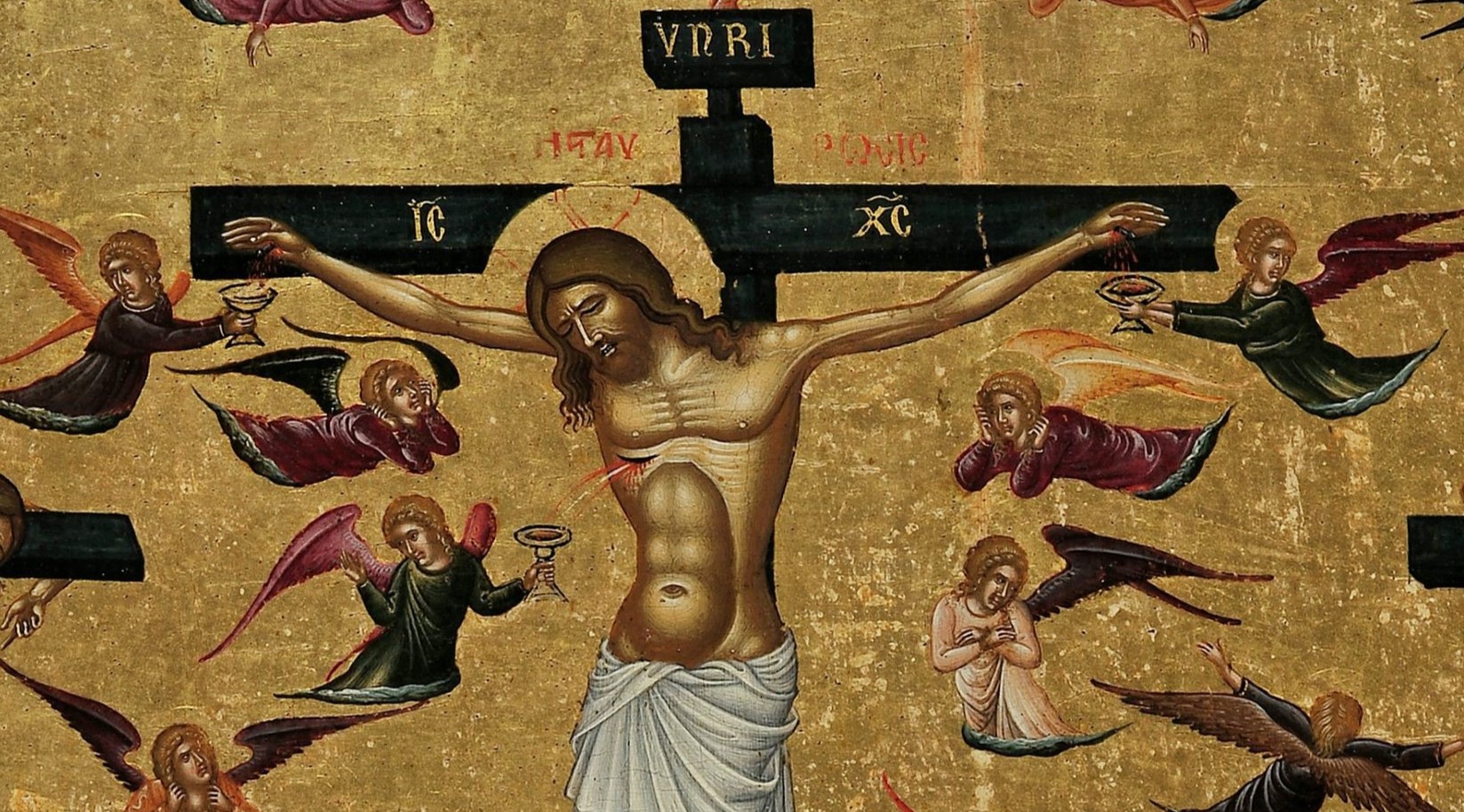The book of Revelation says that the martyrs “have washed their robes and made them white in the blood of the Lamb” (7:14). The first letter of John states that “if we walk in the light as he is in the light, then we have fellowship with one another, and the blood of his Son Jesus cleanses us from all sin” (1:7). Many saints, most notably St. Catherine of Siena, speak incessantly about the blood of Christ. They encourage us to enter into his blood, be washed by it, and live by its power.
In a way, this language is quite strange. Does not blood stain, rather than purify? If you saw a person walking around covered in blood, you would certainly not describe him as clean and pure.
The solution to this perplexity lies in an examination of what blood does. What are the main functions of blood in the body? Blood has two main purposes: it brings us good things, principally oxygen, and it takes away bad things, principally carbon dioxide. Our blood, then, does in fact purify us.
But, blood is an internal purifier. If blood merely washes over us, it stains and defiles us. If, however, it runs through our veins and arteries, it purifies us from the inside.
Just as our blood purifies us, the blood of Christ also purifies us, albeit in a very different way. Instead of supplying oxygen, his blood brings us his deifying grace and the comfort of his presence. Instead of taking away our carbon dioxide, his blood takes away our sins and vices.
The blood of Christ, though, must enter into the depths of our heart, lest it stain our souls. If we merely receive the blood of Christ externally, we are stained, not cleansed. If we receive the Eucharist without properly preparing ourselves through confession and reverent awareness of whom it is that we receive, we drink judgment upon ourselves (cf. 1 Cor 11:29).
If, however, the reception of the blood of Christ into our bodies leads to the reception of the blood of Christ into our heart, the innermost part of us, we will be made more and more pure of heart, washed in the blood of the Lamb. And then, of course, we will begin to see God (cf. Matt 5:8).
✠
Image: Andreas Pavias, Crucifixion







